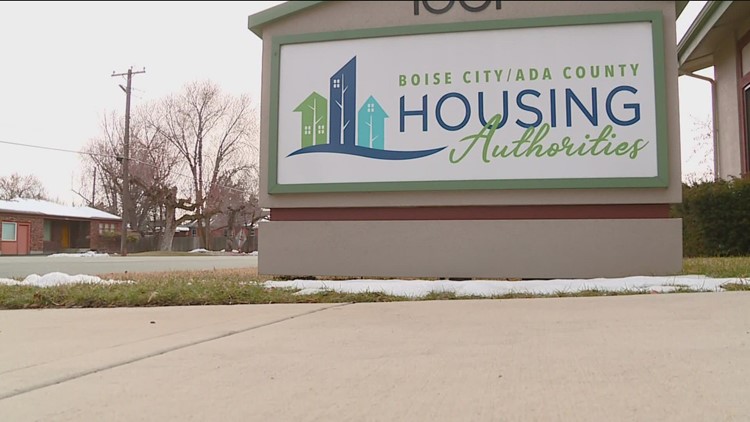BOISE, Idaho — This article originally appeared in the Idaho Press.
The lowest income renters in Idaho received less rental assistance compared to other states in 2021, according to a study published by the Idaho Center for Fiscal Policy.
Kendra Knighten, a policy associate with the policy center and the Idaho Asset Building Network, said that organizations like hers were pleased when Congress approved funding for rental assistance and the Idaho Legislature approved funds for use locally.
“With the roll-out of those funds and these brand new programs, we were very interested in ensuring that these programs were accessible and were known about to all of the Idahoans who could be eligible for this assistance,” Knighten said, explaining the impetus for the study.
According to the report, Idaho was in the bottom five states for rental assistance distributed to people who earn 30% or less of the area median income, though people in that bracket are more likely to face eviction. In Idaho, 53% of households in this category received rental assistance, compared to the national average of 65%, the report said.
Through the programs, people earning 80% or less of the area median income could apply for rental assistance. Idaho received a total of $352 million for the program, according to a release about the study.
State and local programs administer the federal funding, according to the policy center’s website. The Idaho Housing and Finance Association distributes the state’s allocations, and the Boise and Ada County housing authorities administer the city and county’s allocations.
More recently, small housing nonprofits have also been given funding to distribute to their clients, but this isn’t reflected in the report, because it was after 2021.
Lower income renters in Idaho are most vulnerable to economic shifts, and have faced rapid increases in rent, as well as inflation costs, Knighten said. These factors can create a “downward spiral of evictions, which are expensive for families and communities,” Knighten said in the release.
“Emergency rental assistance programs have been a critical lifeline to renters over the past two years and these programs are most effective when outreach efforts and application processes are visible and accessible to all eligible households,” Knighten said in the release.
Two factors at play in the success of such a program are visibility and accessibility, Knighten said in an interview.
Visibility happens when every person who is eligible for rental assistance knows it is available and how they can apply, she said. Outreach for programs has included ads online, on billboards, and TV, Knighten said. But it’s not always clear that the ads are reaching people who need it most, she said.
Accessibility relates to any barriers an individual might encounter when they apply. In Idaho, not everybody has internet access, and most rental assistance applications are hosted online, Knighten said. Renters can apply over the phone, but they still need to submit paperwork, which may require access to a printer. And renters with disabilities may have difficulty navigating the application process, she said.
Knighten said that demographic data about who is receiving funding could help agencies tailor outreach to communities that are eligible for funding but are not getting it, she said.
Erin Banks Rusby is a reporter with the Idaho Press. She covers Canyon County, including agriculture, education, and government.
This article originally appeared in the Idaho Press, read more on IdahoPress.com.
Watch more Local News:
See the latest news from around the Treasure Valley and the Gem State in our YouTube playlist:



